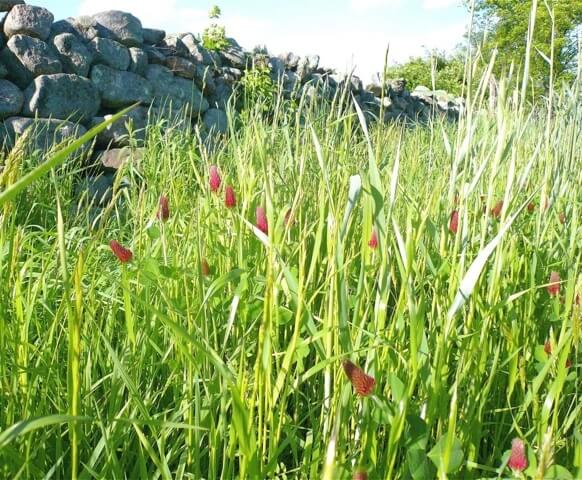
What Are Cover Crops?
Cover crops are planted in rotation with other crops to improve soil health, control erosion and hold nutrients. With the right rotation of cover crops for your climate and soil texture, you can increase your garden’s yield and reduce your environmental footprint.
Cover Crops: What Not To Do
My first summer of serious gardening was in a community garden. I learned by trial and error, and by watching the other people’s garden plots changing through the season. When fall came, some of the plots were neatly mulched, others left to grow wild with weeds, and some were planted into cover crops.
That year I absorbed a lot of gardening theory, so I decided to try cover cropping. The community garden had a sack of winter rye for anyone to use, so that’s what I planted. The seeds germinated before the hard frosts and by December I had a healthy plot of rye growing as tall as my waist. By spring it had almost reached my eyebrows, and when I went out with my shovel to prepare the ground for planting, I found myself battling with tall, sturdy stalks of rye, which is essentially a sturdy grass, with deep roots.
It took me three days to turn over my ten by ten garden plot for planting. I ended up tearing out a lot of the rye and composting it, losing a massive percentage of soil fertility in the processes. Cover crops are meant to be turned under and incorporated into the soil, returning their nutrients to the ground. But I was overwhelmed by the toughness of the cover crop I had chosen. It ended up being a waste of time, energy, and plant matter.
This mishap put me off cover crops for several seasons. I just covered my garden beds with cardboard and tarps for basic weed suppression. But as I learned more about the importance of soil health, the benefits of cover crops convinced me to try again, and I soon learned that some basic guidelines helps prevent frustrating failures.
Benefits of Cover Crops
Agricultural societies have known for thousands of years that letting fields rest improved crop yields. Fields left to rest are called fallow fields. Natural or traditional fallowing involves leaving an area unplanted to cycle back into its natural ecosystem patterns. However, depending on the climate, a field may need to be fallowed for more than one season to rebuild fertility. Cover cropping allows a farmer or gardener to control and accelerate the soil-building process.
Planting legumes as cover crops captures nitrogen and fixes this essential nutrient in the soil when the plant matter is incorporated into the soil. Legume cover crops are part of any holistic fertilization plan.
In addition to improving soil quality, planting cover crops helps to prevent erosion and nutrient leaching. Cover crops are an important part of sustainable agriculture and maintaining soil health, especially in regions with heavy winter rainfall. Even in raised beds, where topsoil erosion is minimal, nutrient loss can be significant. Nutrients like nitrogen and phosphorus, that help soil, are pollutants in water, so cover crops are not only important in protecting land, but in protecting watersheds by keeping those chemicals in the soil where they belong.
To sum up, cover crops can:
- Fix nitrogen, a key plant nutrient, into the soil
- Prevent erosion
- Reduce pollution
- Increase yields
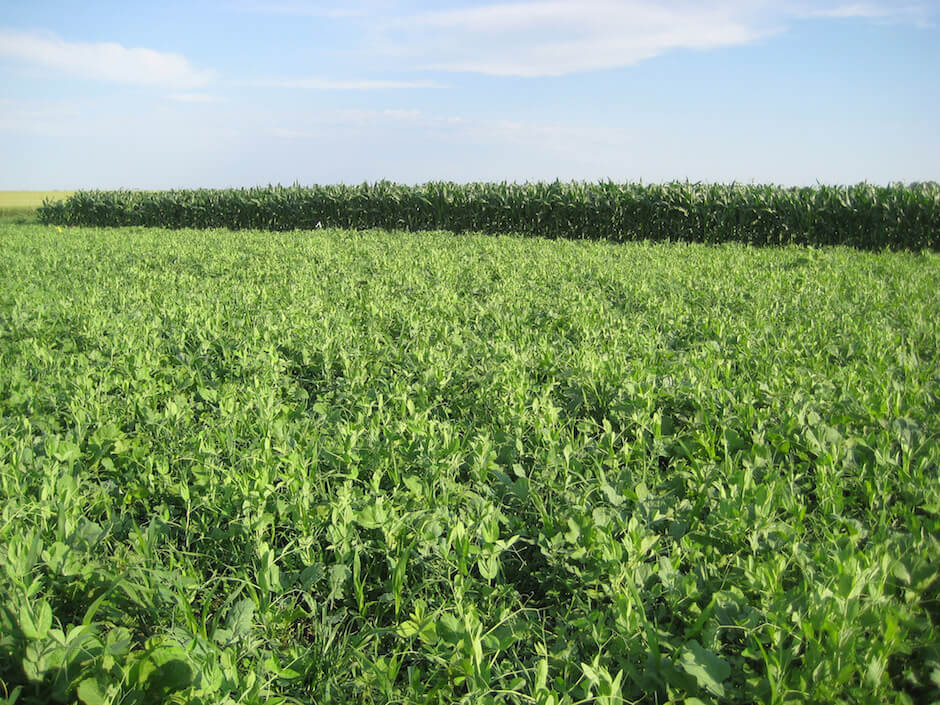
Of course, any root system will hold soil and nutrients effectively, so a field of weeds is really performing some of the same tasks as a cover crop. However, those weeds are also producing thousands of weed seeds that will germinate in your field next spring. One important job of a cover crop is weed control, or weed suppression. A quick-germinating winter cover-crop can out-compete lots of weeds, and significantly lower your pest-pressure during the next growing season.
In the spring, cut cover crops can be tilled in as green manure. Increasing organic matter in the soil improves soil texture and provides food for beneficial soil microbes and small organisms including worms.
Choosing A Cover Crop
Not all cover crops are legumes. Because the unique benefit of nitrogen-fixing, legume cover crops are very popular, but other kinds of cover crops have different benefits. Cereal grains like wheat, oats and rye are other common cover crop varieties.
Wheat and rye are particularly fast growing, which makes them ideal for outcompeting weeds. Winter varieties germinate and grow quickly even in cool weather. Their deep root systems are excellent for preventing erosion, and take up nutrients that might otherwise be leached out by rainfall.
A common technique to combine some of the benefits discussed above is to plant a legume and a cereal grain together. This technique of inter-planting is called mixed planting or mixed fallowing. Seed companies sell mixes of cover crops.
Here are just some of the many varieties of cover crop grown in the US alone. If you’re feeling overwhelmed, try this crop planning tool. Of course as always, your local land-grant university’s extension service is a valuable resource and can give you advice tailored to your climate and even soil type.
In choosing cover crop varieties, there is one last major variable: whether to plant winter kill crops or winter hardy ones.
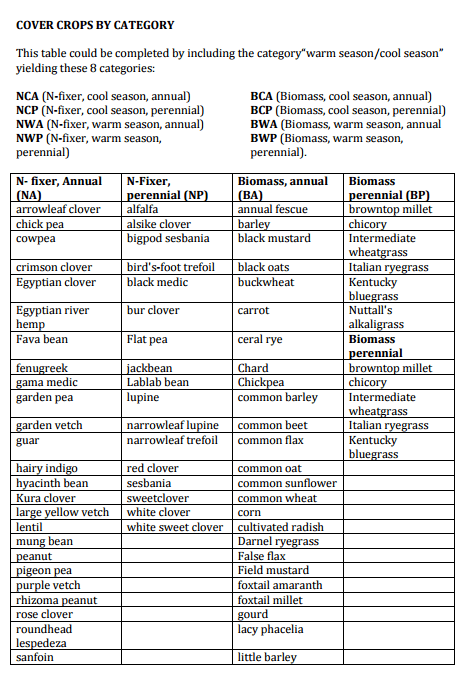
A Note on Tropical Cover Crops
Different climates of course grow different varieties of cover crop, but the rotation of legumes with fast-growing grasses and grains remains important. Here are some cover crop varieties for gardens in Hawai’i. In hot regions, cover crops can be grown in rotation at any time the gardener wants to farrow. Nutrient capturing is especially important in tropical regions because heavy rain events cause leaching.
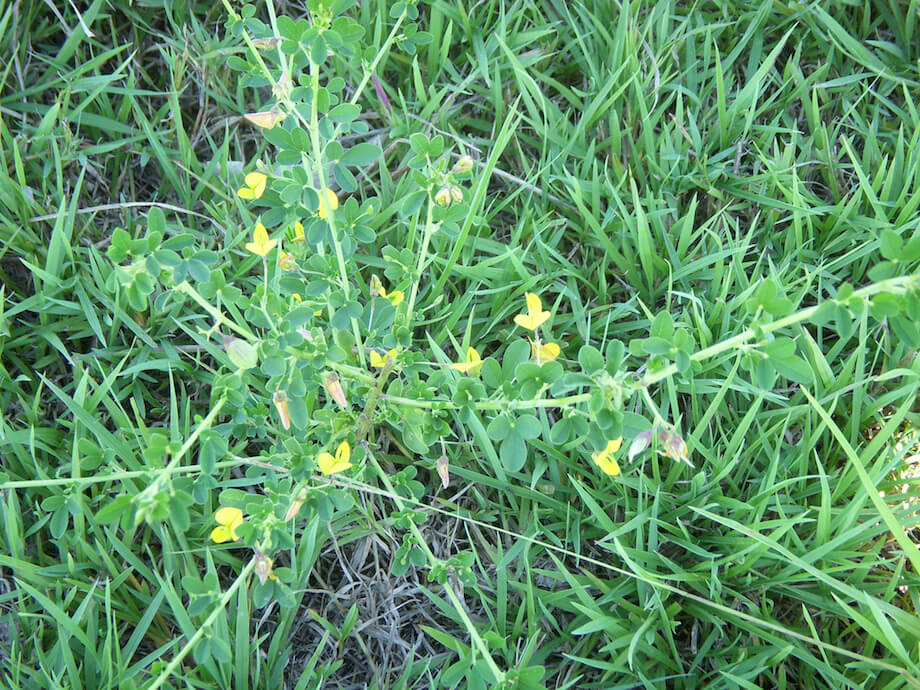
Winter Kill vs Winter Hardy Cover Crops
In my first adventure with cover crops, I unwittingly planted the hardiest cover crop available, winter rye. If I had chosen a different variety of seed, I would not have been fighting with lush, green growing grain in the spring.
Cover crops fall into two major categories, winter kill and winter hardy. Winter kill crops, as the name suggests, will die in harsh winter weather, while winter hardy crops will still be alive in the spring. Both have advantages and disadvantages to a gardener.
Winter kill cover crops are particularly useful in no-till gardening systems, where cover crops are essential to prevent weeds, but difficult to get rid of for spring planting. They are also useful in small gardens where you are turning over the soil by hand. As I discovered, ousting an established hardy rye crop with a shovel is back-breaking. A winter-kill crop will be much easier to incorporate into the soil in preparation for planting.
Planting Your Cover Crop
After you have harvested your final summer crops, turn over the earth like you would before planting anything else. If there are weeds (or abandoned broccoli) going to seed, pull them out to give yourself a clean seed-bed. Other weeds can just be turned into the soil.
The time to plant cover crops is from late August to mid-October, so some of your winter vegetables like cabbages and brussel sprouts will still be producing. Since it is too early to tear them out, mulch around the base with straw or cardboard to suppress weeds. You can fallow that ground in the spring, or use it to plant your early snap peas, to fix some nitrogen and still make the best use of your land.
Scatter your seeds, using the seed company’s recommended seed to area ratio. Often those ratios are in pounds of seed per acre, so you may have to do a little math to figure out how much seed to use on your smaller garden.
Seeds left on the surface of the earth won’t germinate as well, and are in danger of being eaten by hungry birds! Use a garden rake as an improvised harrow to rake the seeds into the earth, and then water them in. Modern seed planters make furrows in the soil to drop seeds into so harrowing is not necessary, but the walk-behind seed planters used in gardens do not make sense for a densely-planted crop like grain.
Cover crops should not need any maintenance over the winter. They are a rest for the gardener as well as the soil!
Spring Preparations For Fallow Beds
When you are ready to reclaim your fallow bed in the spring, you can turn your cover crop into the soil just like you would incorporate any other green matter. A shovel and some sweat does the job, or a walk-behind rototiller can save you time and exertion. If it is winter-hardy, you will likely need to mow it first. Don’t worry about having a heavy-duty mower, especially for a small garden. A regular lawn-mower should do the trick.
Once green matter is tilled into the soil, it needs a little time to decompose before planting. You can plant directly into a freshly tilled field, but some of the nutrients will still be tied up in the decomposing plant material. Leave the field for 2 to 6 weeks, depending on your climate and soil properties, to allow some of those nutrients to be released back into usable chemical forms in the soil.
This brief fallow also allows a first round of weeds to germinate, which is excellent, because you can till them in again before you plant anything. It saves you the trouble of weeding around seedlings you have planted, and about half of the dormant weed seeds in the soil have already germinated. Those are weeds that will trouble you no more in this growing season!
Use Cover Crops To Save Energy In The Long Run
Facing my garden at the end of the season, when it is overrun with weeds, squash vines, and giant, prehistoric-looking kale plants, is daunting. The last thing I want to do is take my shovel and go to the effort of clearing a brand new seed-bed, when I know I will just be doing again for spring planting. But cover crops are part of the rhythm of the year, and they will save you time (in weeding) and money (in fertilizer) in the long run.
It is harder to clear up and turn in a miscellaneous garden full of decrepit tomatoes and dandelions than it is to mow and till a uniform cover crop. This reorients the cycle of your garden labor, putting the hardest tillage at the end of the season, rather than the beginning. Who wants that? But think of it this way. In September, you are already in the habit of working in the garden. It is easier to get started on a garden work day. Having a quick and easier start in the spring will help you get into the garden earlier and have crops germinate sooner.
Cover crops are an excellent way to protect and improve soil through the winter, and they take only a little extra work. With a little preparation, they can give you a leg up in the spring, and make your plants big and beautiful all season.

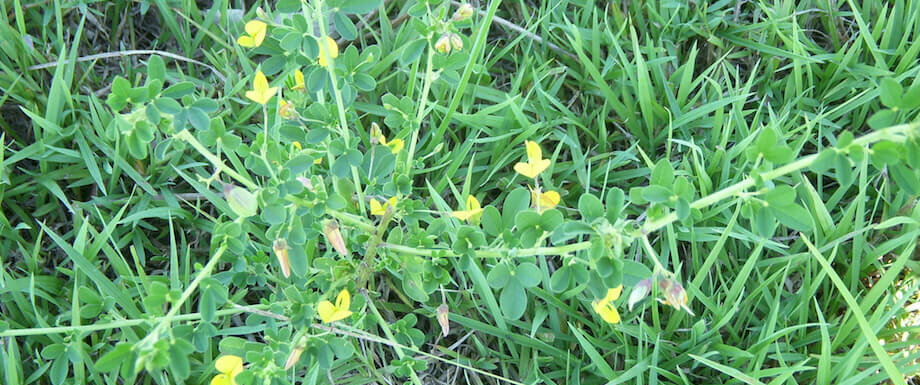
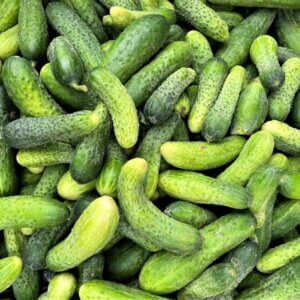







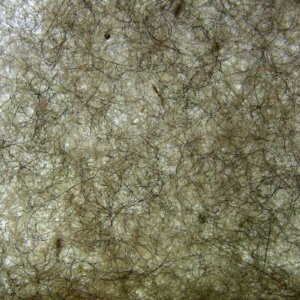

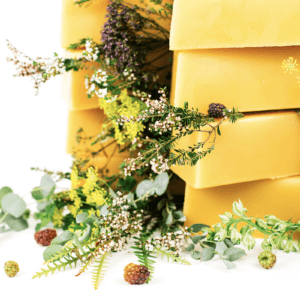



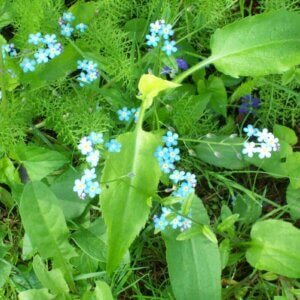





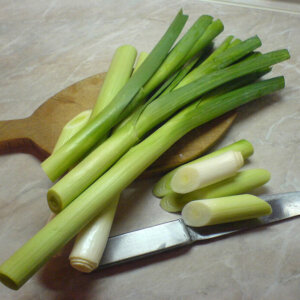
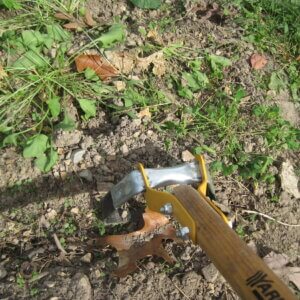

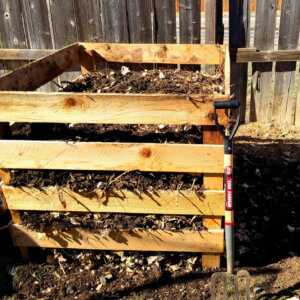
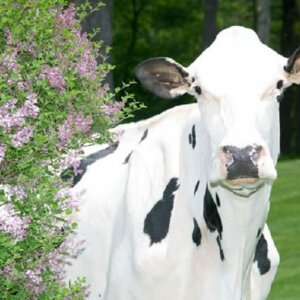
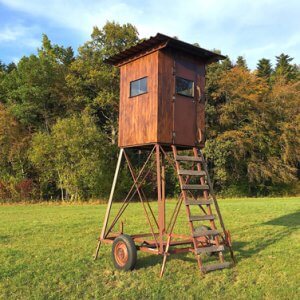
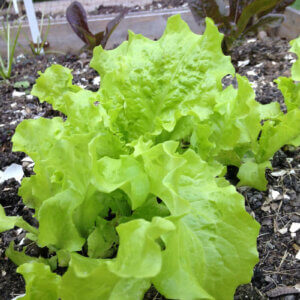





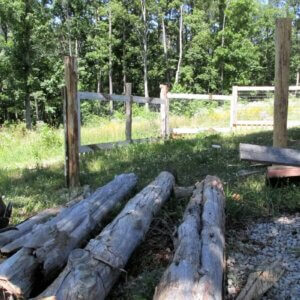
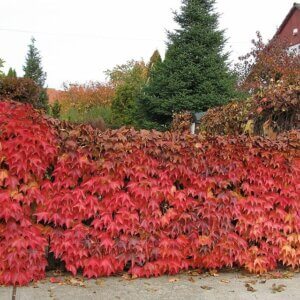


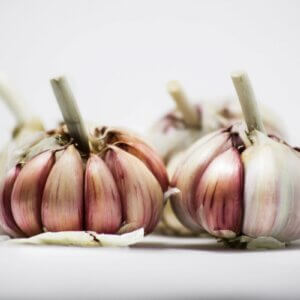


Very informative and insightful article. I have planted cover crops in the past, mainly crown vetch, to control weeds and improve the soil. Thank you for sharing a wealth of helpful hints.